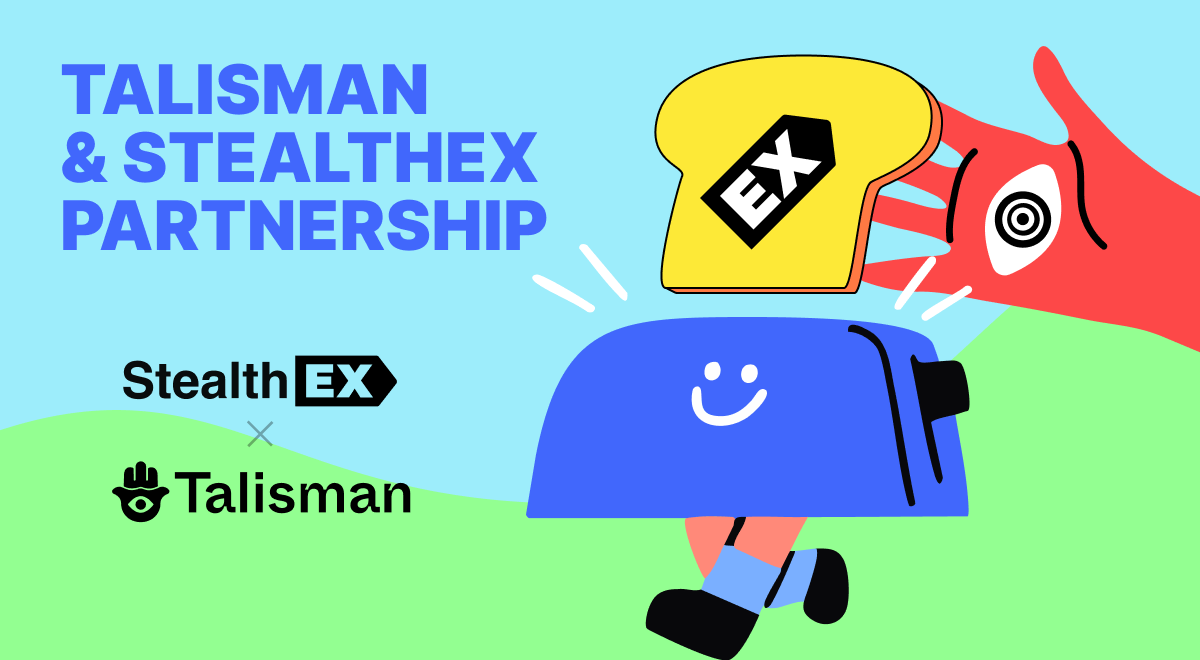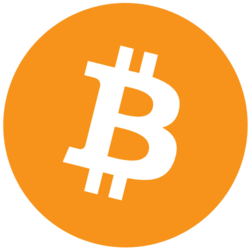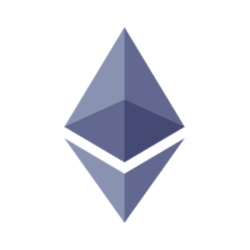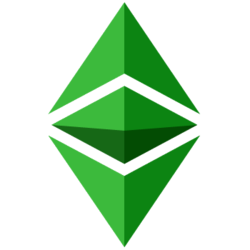Coin Launch Space is here to give you clear, accurate, and trustworthy information about crypto. Our team is made up of experts with real experience in crypto, finance, and new tech. Every article and page we publish is carefully reviewed by skilled editors to make sure it’s up to our high standards. We take pride in offering honest, easy-to-understand reviews based on real knowledge. Check out our editorial policy and see how we test and review crypto assets.
Imagine a currency born not in the clinking of mints or the whir of printing presses, but in the quiet tap of a finger on your phone screen. That’s the tale of Pi Coin—a digital dream spun from the minds of Stanford visionaries, promising wealth without the roar of machinery. If you’ve been part of this journey, patiently mining Pi through the years, you’ve likely felt the thrill of watching those tokens stack up like pages in a ledger unbound by leather. Now, it’s March 1, 2025, and the Pi Network’s open mainnet has unfurled its wings, launched just ten days ago on February 20. The question humming in your mind? How do I turn this curious hoard into something real—dollars in my bank, perhaps, or a stash of Bitcoin? Let’s sit down together and unravel that mystery, with OKX as our stage.
Picture this: a ledger not bound by vaults but pulsing across a global web of nodes—blockchain, the unsung poet of our digital age. Pi Network has been crafting its verses since 2019, gathering over 100 million registered users, 65 million of whom still tap away daily, according to the Pi Core Team’s latest whispers. The open mainnet’s arrival has flung open the doors, and exchanges like OKX have rolled out the red carpet, listing Pi for trading. It’s a moment of alchemy—your mobile-mined tokens are now tradable assets, flickering on screens with a price tag of $2.66 as of late February, per CoinGecko. But much like Icarus, who flew too close to the sun, the path to selling isn’t without its twists. So, let’s embark on this odyssey, step by step, with OKX as our trusted vessel, and see how you can transform your Pi into profit—or at least into possibility.
The Pi Moment: Where We Are in 2025
It’s hard not to marvel at Pi’s ascent. Born from a vision of accessibility, it sidestepped the energy-guzzling beasts of Bitcoin mining, offering instead a smartphone-friendly revolution. For years, it simmered in an enclosed mainnet, a cocoon where tokens were locked—visible, but untouchable. Then came February 20, 2025, when the open mainnet launched, and Pi took flight. OKX, a titan among exchanges, kicked off spot trading that day at 8:00 AM UTC, after a frenzied call auction. The numbers tell a story: a 24-hour trading volume of $5.63 billion in late February, per CoinCodex. The price? A dance between $0.71 and $2.99 in a week, settling at $2.66 as I write—a tempest of volatility, but that’s the crypto sea for you.
For the uninitiated, OKX is no small player. It’s a global exchange with a knack for embracing new coins, boasting a user base that spans continents and a reputation for speed and security. If you’re in the US or anywhere else, OKX is a prime choice for selling Pi—though some states like New York might balk at its reach due to regulatory tangles. Still, its doors are wide open for most, and it’s where we’ll focus our journey. Ready to cash out your Pi? This guide’s your compass, blending the latest data with a human touch to light the way.
Step 1: Setting the Stage with OKX
Before you can sell, you’ve got to step onto the stage—and that starts with an OKX account. Think of it like prepping for a big performance: you wouldn’t walk out without your lines memorized, right? Head to OKX’s website or download their app—it’s as easy as a Sunday morning. Sign up with an email or phone number, craft a password that’s tough as nails, and follow the prompts. Then comes the Know Your Customer (KYC) bit—your backstage pass. Upload a government-issued ID, snap a selfie, and maybe jot down a few details. It’s a breeze, usually cleared in hours, and it unlocks trading and withdrawals. Without it, you’re stuck in the wings, watching the show go on.
Once you’re in, take a moment to secure your account. Enable two-factor authentication—think of it as a lock on your dressing room door. Crypto’s a wild frontier, and OKX is your fort, but you’ve got to man the gates. With that done, you’re ready to bring your Pi into the spotlight. Let’s move to the next act.
Step 2: Transferring Your Pi to OKX
Now, your Pi’s sitting pretty in your Pi Network wallet, mined over months or years with a tap here and there. To sell it, you’ve got to get it to OKX. Open the Pi Browser app—your digital treasure chest—and unlock your wallet with that 24-word passphrase you stashed somewhere safe. See that “Pay/Request” option? Tap it, then select “Manually Add Wallet Address.” But hold up—where’s the address coming from?
Switch over to OKX. Log in, head to “Assets,” then “Deposit,” and type “Pi Coin” into the search bar. There it is—your unique deposit address, likely starting with an “M.” Copy it carefully; one wrong digit, and your Pi’s lost in the ether—blockchain doesn’t forgive typos. Back in the Pi Browser, paste that address, input the amount of Pi you want to send—maybe 50, maybe 500—and hit send. Double-check everything. Triple-check it. Then confirm. The transfer’s not instant—10 to 30 minutes, sometimes longer if the network’s buzzing like it was on launch day. OKX’s deposit page will show it pending, then confirmed. When it lands, you’ll see your Pi balance glow in your OKX wallet, ready for action.
A quick note: Pi charges a tiny fee—0.01 Pi per transfer, per PiNet. It’s a whisper of a cost, but it’s there. And keep your passphrase private—OKX won’t ask for it, nor should anyone else. Scammers love a fresh coin like Pi, so stay sharp.
Step 3: Selling Your Pi on OKX
Here’s where the rubber meets the road—or rather, where your Pi meets the market. In OKX, click “Trade,” then “Spot,” and search for the PI/USDT pair—Pi against Tether, a stablecoin pegged to the dollar. You’ll see charts flickering, numbers dancing—a live pulse of Pi’s worth. As of now, it’s $2.66, but it’s been a wild ride, up 41.87% in a day at one point, per CoinCodex. You’ve got two ways to play this:
- Market Order: Sell right now at the current price. It’s fast—blink, and your Pi’s USDT. Perfect if you’re itching to cash out or the market’s dipping.
- Limit Order: Set your price—say, $3—and wait for a buyer. It’s a gamble on Pi climbing higher, but if it dips, you’re left holding the bag.
Pick your poison. For a market order, enter your Pi amount—let’s say 100—hit “Sell,” and confirm. Done. Your wallet’s now flush with USDT. For a limit order, set your price, input the amount, and place it. OKX will hold it until the market aligns—or doesn’t. Fees? About 0.1% per trade, a nibble from your haul. Watch the charts—Pi’s early days are a rollercoaster, and timing can mean the difference between a win and a sigh.
Step 4: Cashing Out Your Profits
Your Pi’s sold, and USDT’s in hand—stable, versatile, and ready to move. What’s next? You’ve got options.
To Your Bank Account
Want dollars? OKX’s P2P trading is your bridge. Go to “P2P Trading,” filter for USD buyers—bank transfer, PayPal, whatever works—and pick a verified seller with good vibes (check their ratings). Sell your USDT, agree on the amount, and they’ll send cash your way. It lands in 1-3 days, depending on banks and borders. OKX might skim 0.5% or so—check the fine print. In the US, most banks play nice, but some get twitchy about crypto—give yours a heads-up if you’re new to this.
To Another Crypto
Staying in the game? Swap USDT for Bitcoin, Ethereum, or whatever OKX lists. Hit “Spot Trading,” find your pair—say, BTC/USDT—place your order, and confirm. Then, withdraw to a wallet like MetaMask or a hardware one for safekeeping. OKX opened Pi withdrawals on February 21 at 8:00 AM UTC, so you’re free to shift assets out—expect a 0.05 Pi fee, per PiNet.
Step 5: Fine-Tuning Your Approach
Selling’s an art, not just a button mash. Here’s how to sharpen your edge:
- Track the Pulse: Use CoinGecko or OKX’s charts—sell high, not low. Pi’s volatility is your dance partner.
- Mind the Fees: OKX’s 0.1% trading fee stacks up—small trades, small bites; big ones, bigger chunks.
- Spread the Risk: Don’t dump all your Pi at once. Batches cushion the ups and downs.
- Stay Safe: 2FA, cold storage for leftovers—crypto’s a frontier, not a playground.
- Taxes Loom: In the US, every sale’s a taxable event—capital gains, short or long. Log it, or the IRS will knock.
Three years in crypto’s taught me this: patience pays, haste burns. Pi’s new—its rhythm’s still finding its beat. Watch, wait, and strike when the tide’s right.
Why OKX? The Bigger Picture
Why OKX over, say, Bitget or HTX? It’s the volume—$5.63 billion in a day dwarfs others’ early Pi flows. It’s the reach—global, with US access in most states. It’s the trust—years of handling big coins, now embracing Pi’s debut. On February 20, OKX hosted a call auction from 7:00 to 8:00 AM UTC, setting the stage for trading, per OKX’s guide. They’ve even tossed a 500K Pi Trade-&-Earn pool into the mix, luring traders with a taste of extra loot. It’s not flawless—delays hit withdrawals on launch day—but it’s a powerhouse for Pi’s big moment.
The Road Ahead: Pi’s Unwritten Saga
As we close this chapter, let’s gaze at the horizon. Pi hit $2 within hours of listing, then swayed, per BeInCrypto. Some cry “pyramid scheme”; others see a spark of genius. With 100 billion tokens capped and 65 million active miners, its fate hinges on adoption—will merchants take it? Will developers build on it? The Map of Pi app hints at yes, mapping Pi-friendly spots, but the jury’s out. In the US, regulatory eyes are sharp—SEC whispers could nudge its path.
You’ve got choices now. Sell and pocket the gains—$266 for 100 Pi ain’t bad—or hold, betting on a climb. Me? I’ve seen coins soar and sink; Pi’s a wild card, a mobile-mined marvel with a story still unfolding. Are we crafting a utopia or chasing a mirage? The blockchain’s pen is in your hand. Sell on OKX, watch the waves, and maybe keep a few Pi in your pocket—for the tale’s next twist.
So, what’s your move? Grab a coffee, fire up OKX, and let’s see where this ledger takes us. The crypto sea’s vast, and you’re steering the ship.
Disclaimer: The content provided reflects the authors personal opinions and is influenced by current market conditions. Conduct thorough research before making any cryptocurrency investments. The author and the publication are not liable for any financial losses you may incur.























